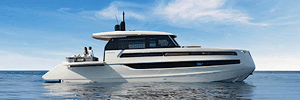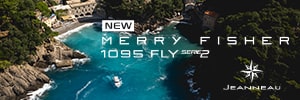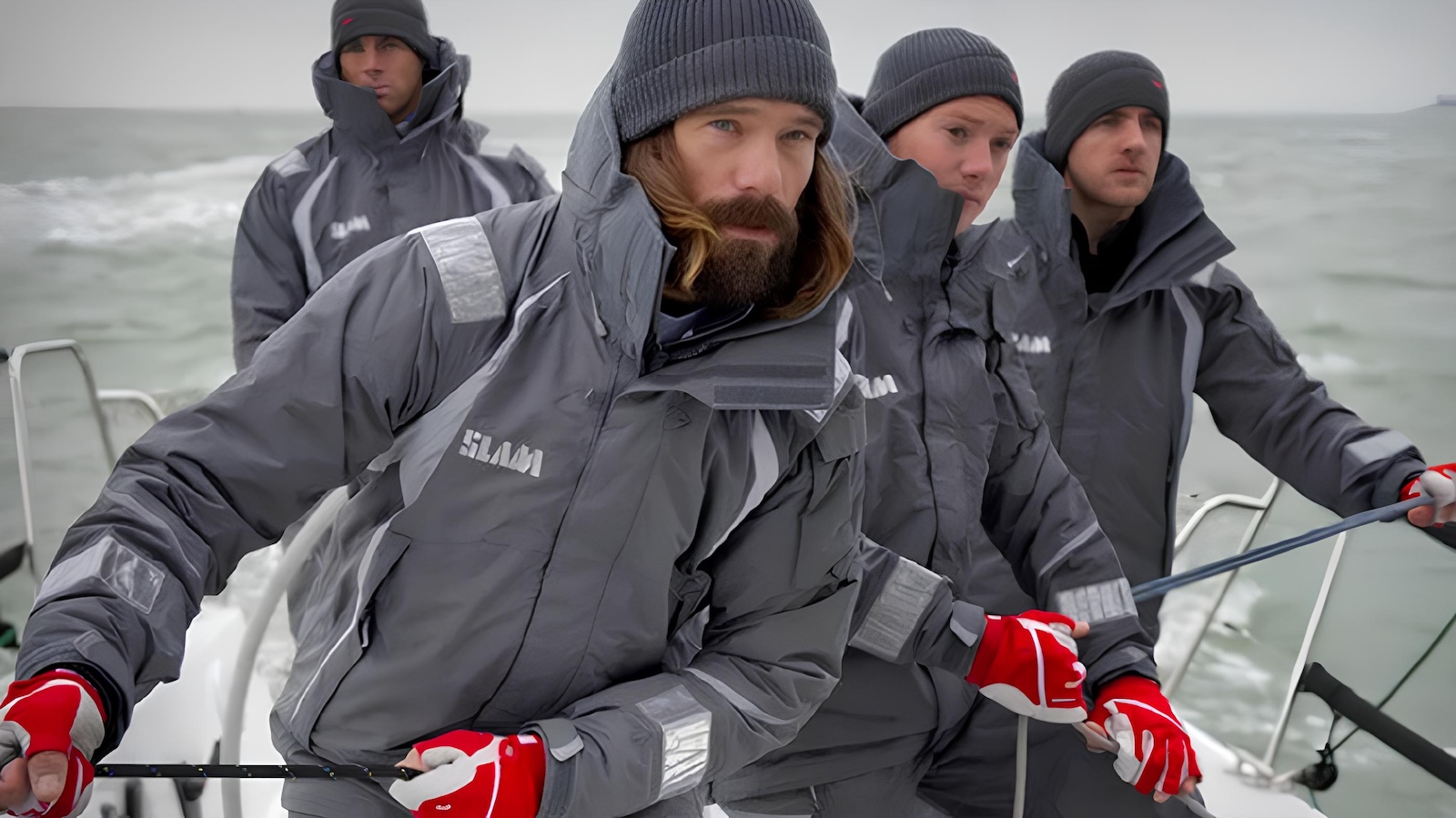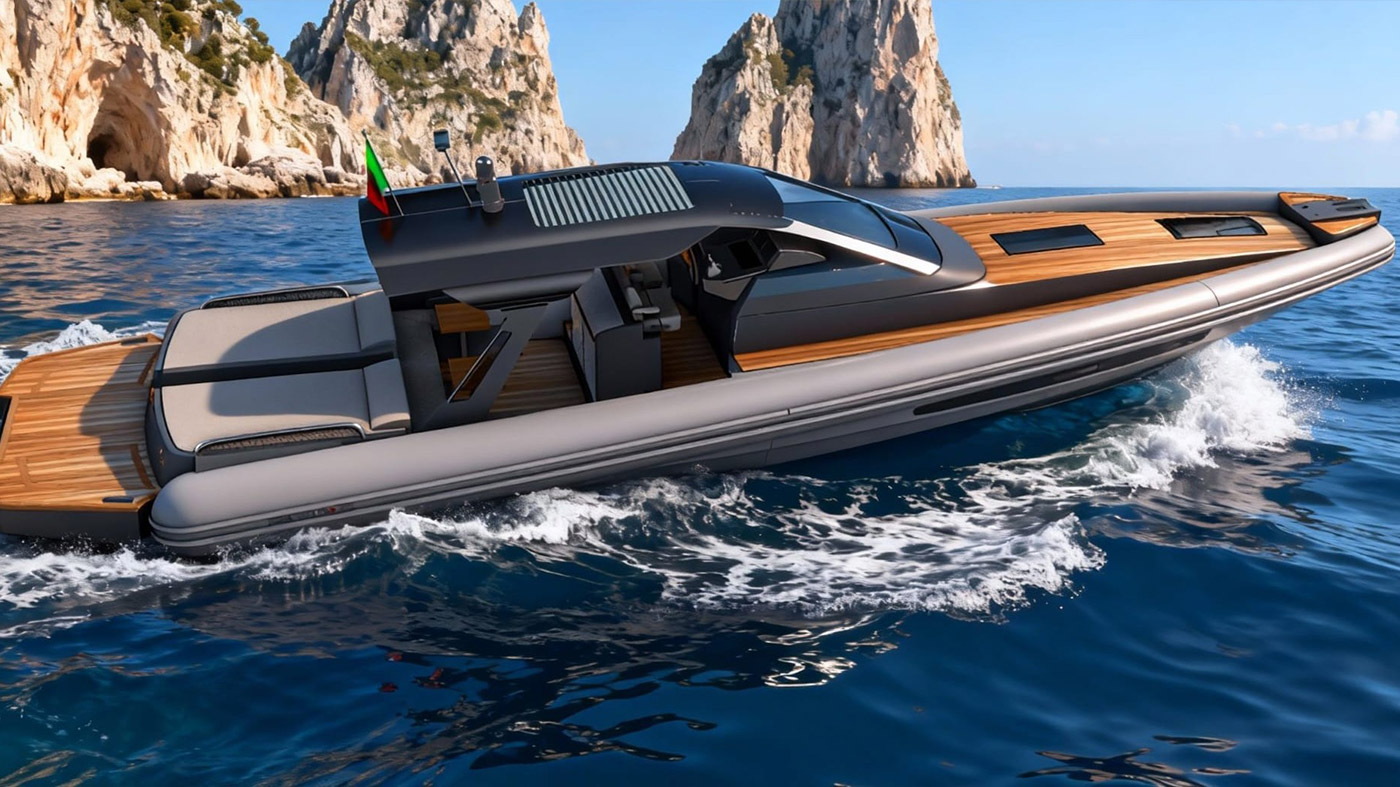
Admission to Yacht Club Adriaco of Trieste follows a particular procedure: first of all, two ordinary members have to submit an application and, only after the management has accepted it, the favourable secret vote of 75% of senior members (those with at least 5 years of membership) is required; then, if everything goes smoothly, the name of the would-be member will be exposed on the notice board for 15 days and, if no one has objected, the application will be definitively accepted.
In addition to an annual fee, 
When, in March 1903, Adriaco’s pennant was put before the Austrian Imperial Royal Commissionner, the latter did not approve it because he had noticed, or someone told him, that a red cross on a green field put against the white background of the sails would have formed the Italian flag. However, the thirteen founding members didn’t give up and imposed their own choice and, today, the same pennant still flies on members’ boats and the head office.
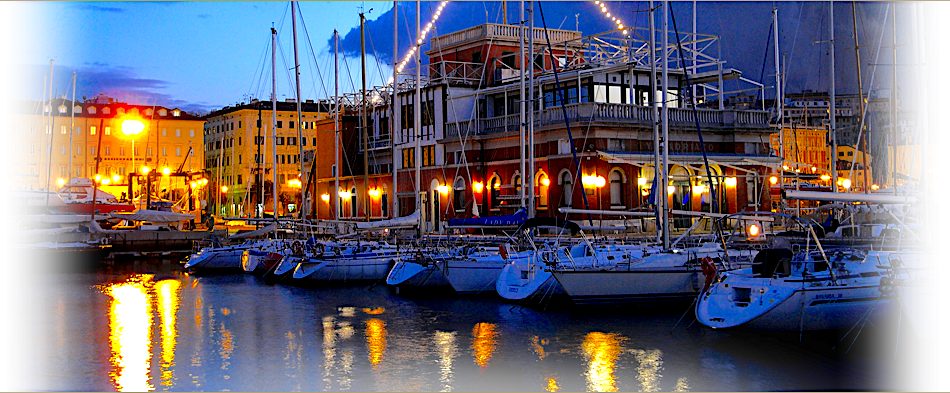
The club is a fragment of the history of Trieste if we consider that, when World War I broke out, many irredentists found refuge in the hidden rooms of Adriaco’s floating headquarters before fleeing in Italy by sea and fighting against Austria. The refuge was the third headquarters since the club was founded and consisted of a floating pontoon that, launched in 1912 by the shipyards of Muggia, had replaced an old sailing cargo vessel used as head office one year after the foundation.
For about 12 months, 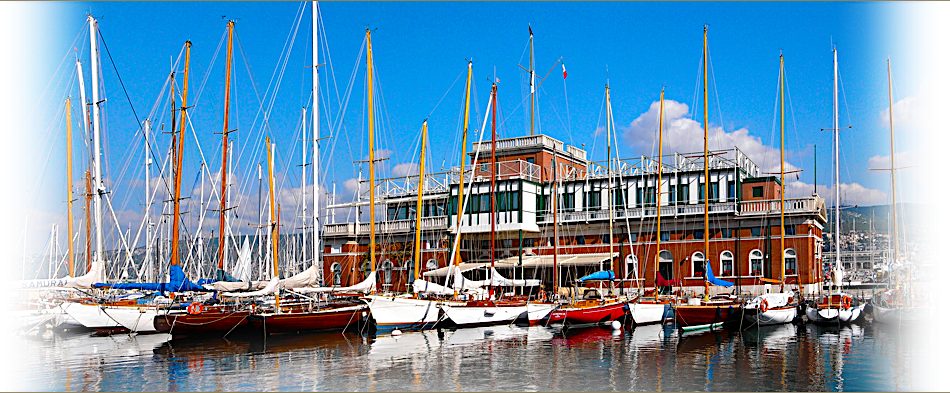
Contemporaneous documents confirm that, in 1924, the club had 444 members, 2 steam yachts, 1 motor yacht, 14 auxiliary yachts, 28 powerboats and 80 sailing yachts. One year later, members had become 627 and the social fleet had 116 boats.
Meanwhile, club members started Bollettino Mensile dell’Adriaco, whose pages told the sporting successes and promoted fundraising campaigns for the construction of the definitive seat. The motto of the club – ” Science, Faith, Courage”, printed in the floor of the salon – condensed the spirit of time and summarized the lines of a hymn members sang many years before: Lesti lanciatevi, bianchi velieri, /come al galoppo vivi corsieri, /lesti lanciatevi al navigar, / viva San Giusto sempre sul mar!
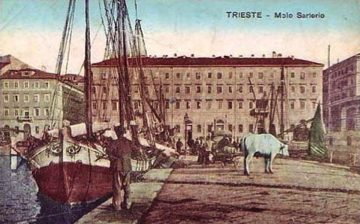
In 1948, the Adriaco had 1,000 members and 145 boats that, in the immediate post-war era, still sailed along the mined areas but managed to beat, during a hard exciting race, the English gentlemen who occupied the Free Land of Trieste.
Today, this parade of boats, docked and exposed in front of the entrance of the club, is only a memory. Unfortunately, two of them have recently passed away: Carlo Sciarrelli’s “Bat”, a small 1889-built English yacht and the Pecorari Family’s Maris Stella, designed in 1904 to be, under the name of Elly, the school-boat of the cadets of the Austro-Hungarian Navy which subsequently became Italian prey during World War I.
Every time I could, I gladly violated the rules of this club and I entered its gates to admire the stern of Ervin’s Kingfisher or the sleek lines of the Auriga. When the bar was open, I even exaggerated and I had a coffee with the famous ghosts of that glorious seat.
The seat of Yacht Club Adriaco, with the parade of the ladies of the sea, is worth more a transgression!
Fair wind!











